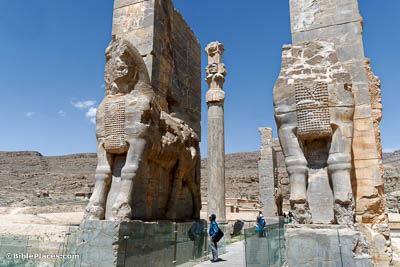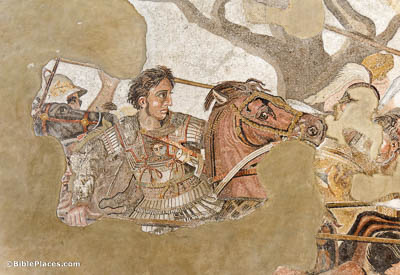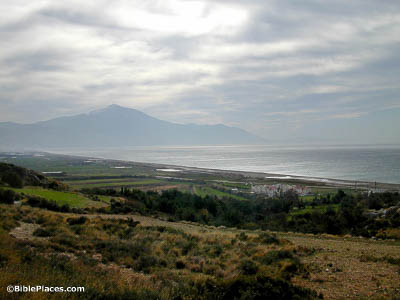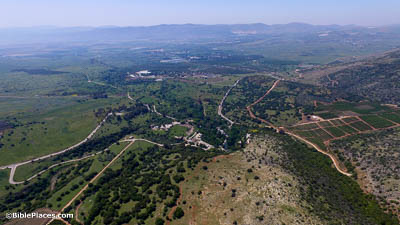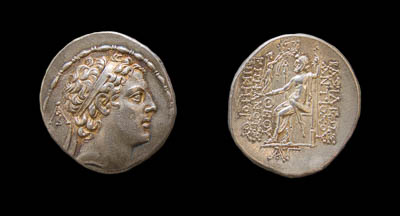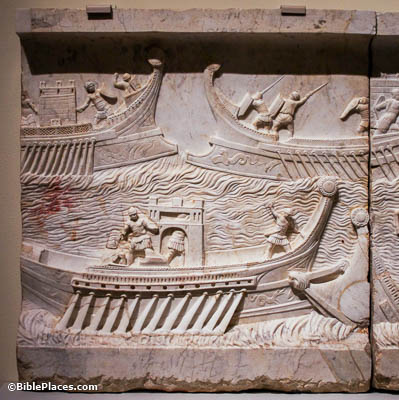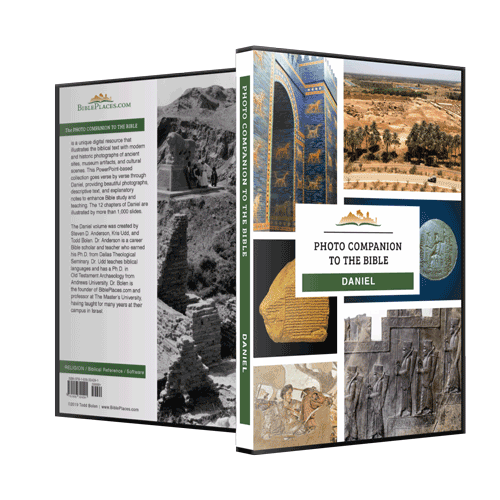Three more kings will arise in Persia, and the fourth will be rich with great riches, more than all of them (Daniel 11:2).
The three kings of Persia who followed Cyrus were Cambyses (530–522), Bardiya (522), and Darius I Hystaspes (522–486). The fourth, very rich king, was Xerxes (485–465 BC), the “Ahasuerus” of the book of Esther. He inherited Darius’s empire, and his rule was characterized by great wealth, superb organization, and great building projects. The monumental “Gate of All Nations” at Persepolis, pictured here, was just one of the many structures he built.
